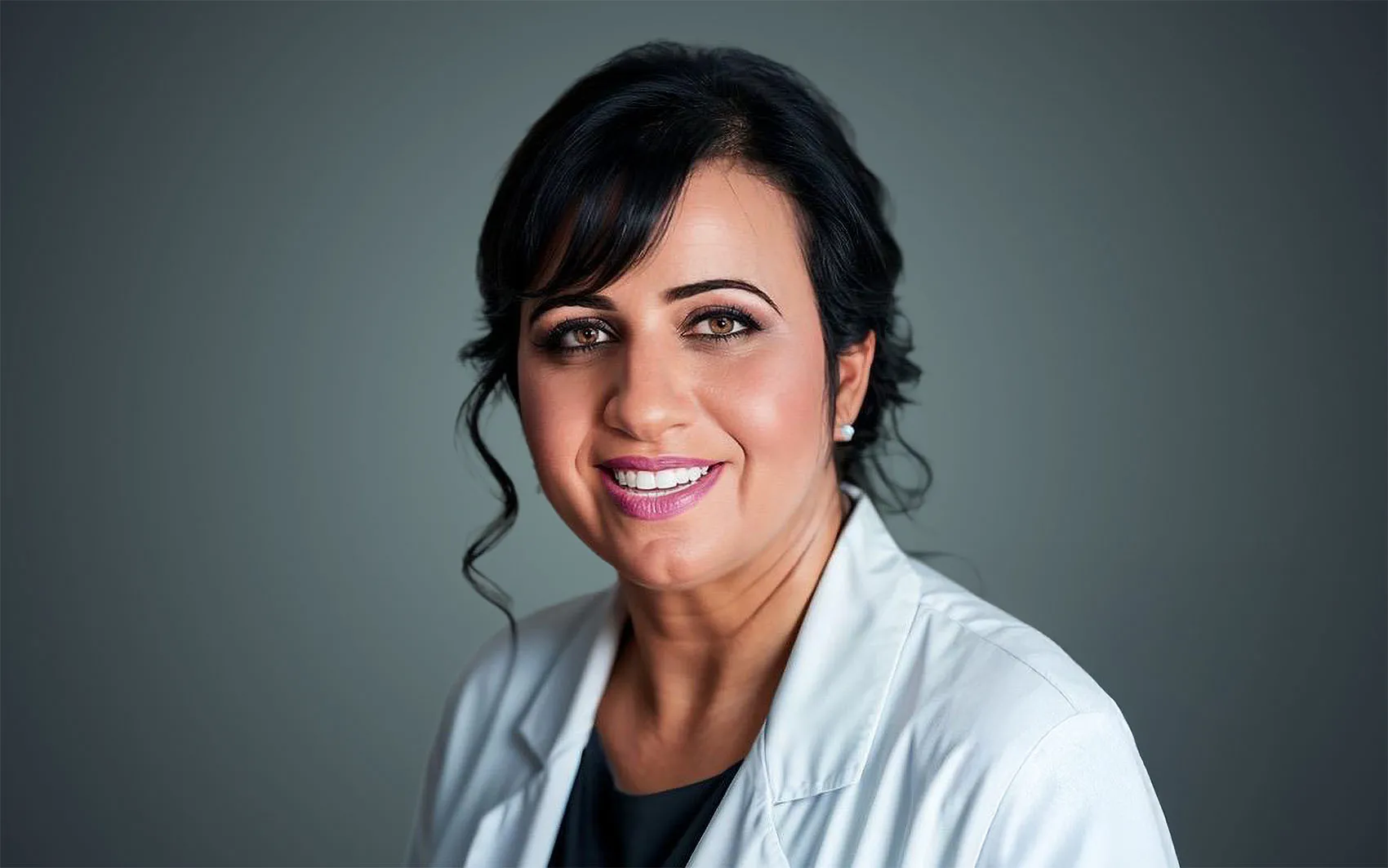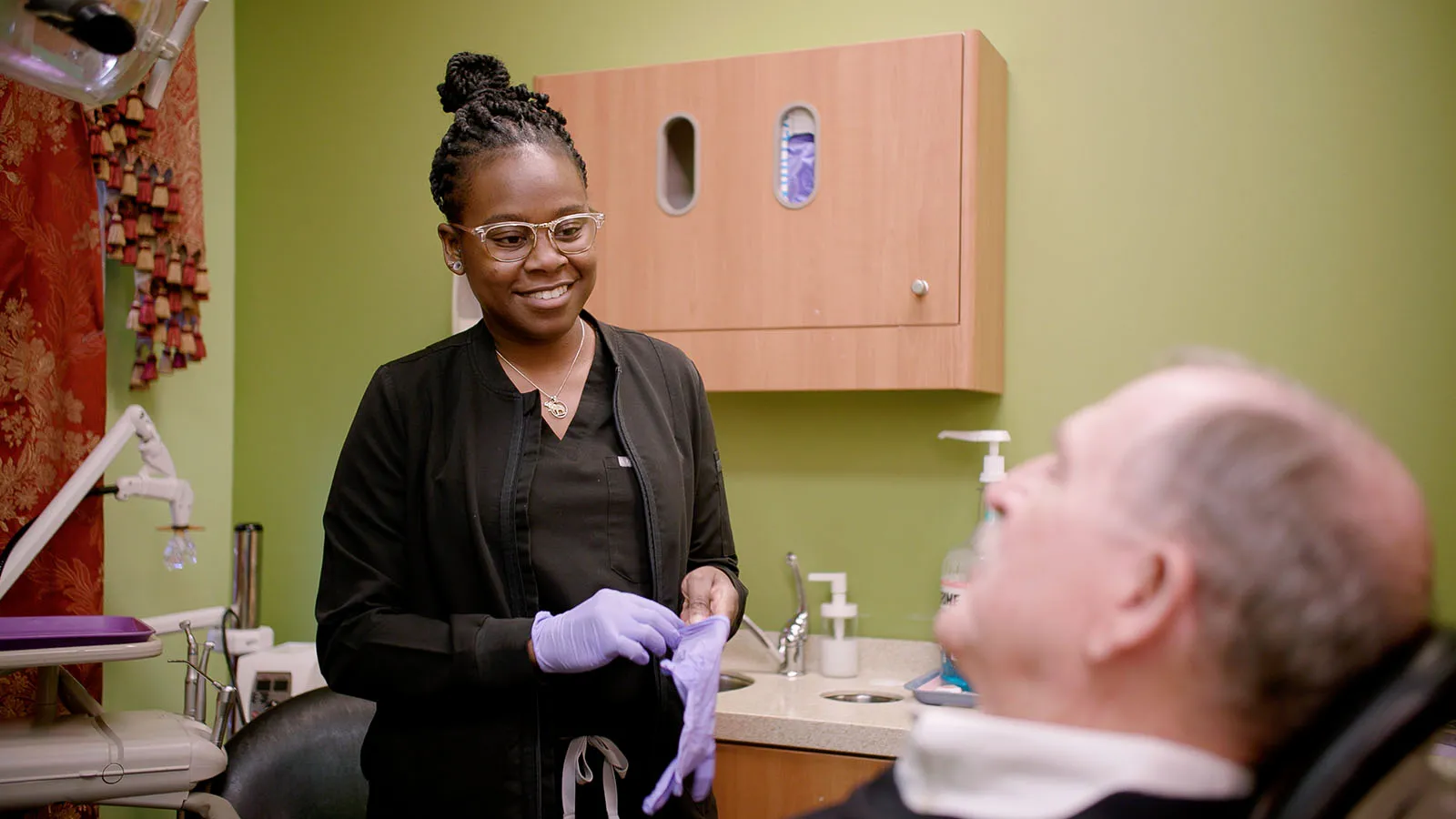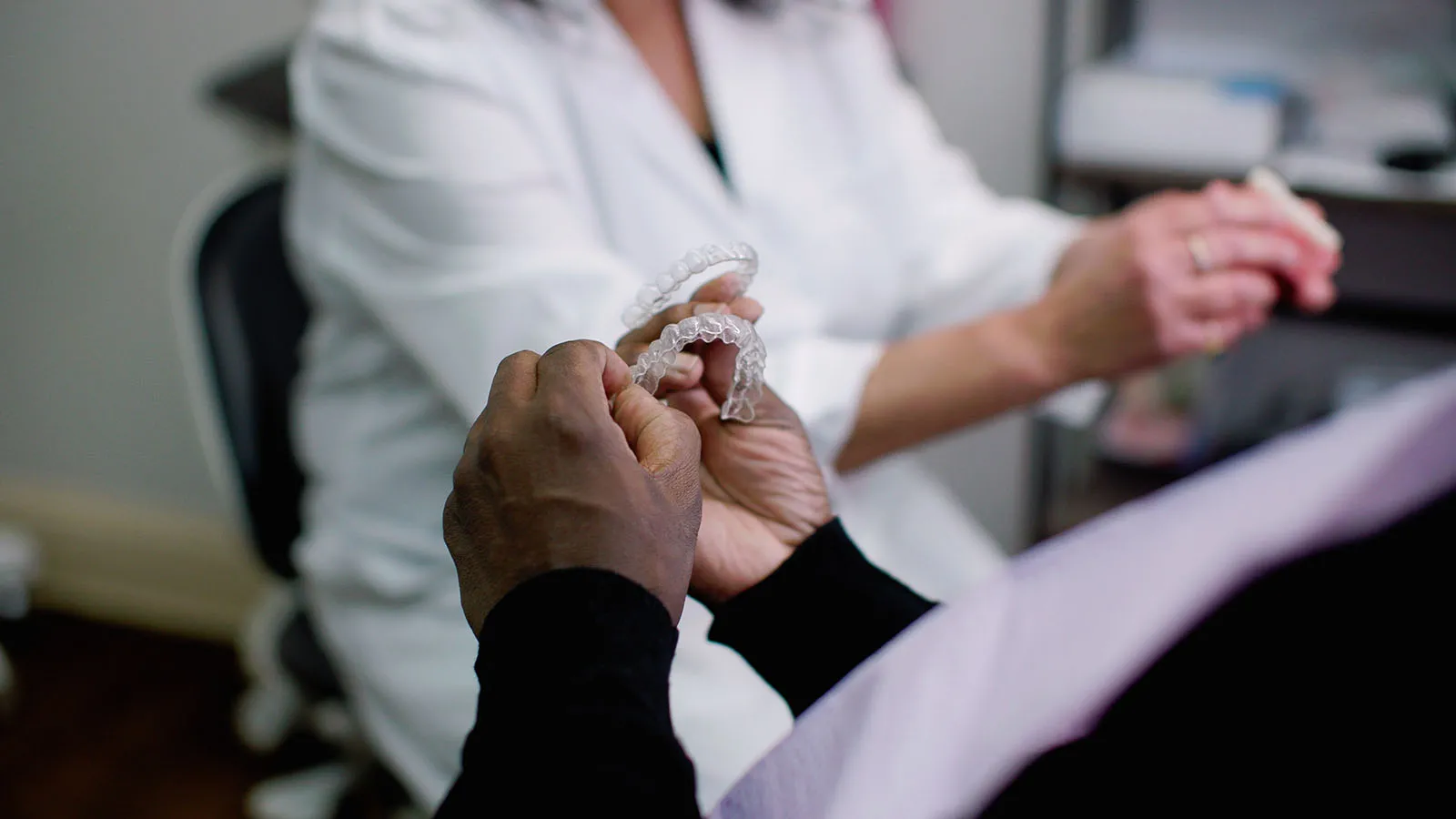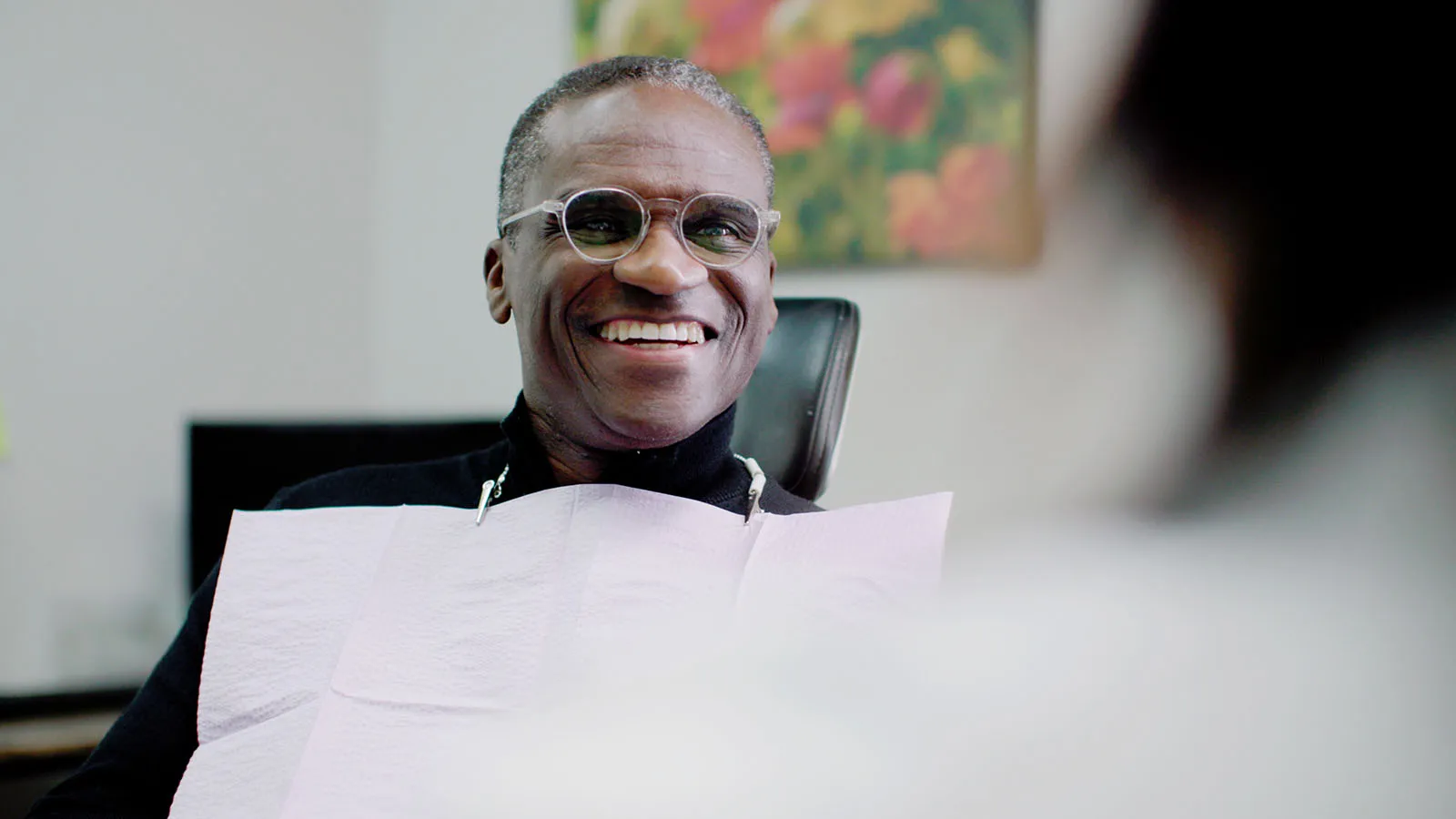Transforming Smiles.
Changing Lives.
Dentist in Kennesaw & Lilburn, GA
Searching for a trusted dentist in Lilburn and Kennesaw, GA? We’re your #1 choice for quality dental care. Dentistry & Orthodontics at Kennesaw Point offers dental services for the whole family, from dental implants to Invisalign® aligners. Not to mention, we have two conveniently located dental offices in Lilburn and Kennesaw, GA.






Video Testimonials
Discover Why Patients Love Us
Blog





